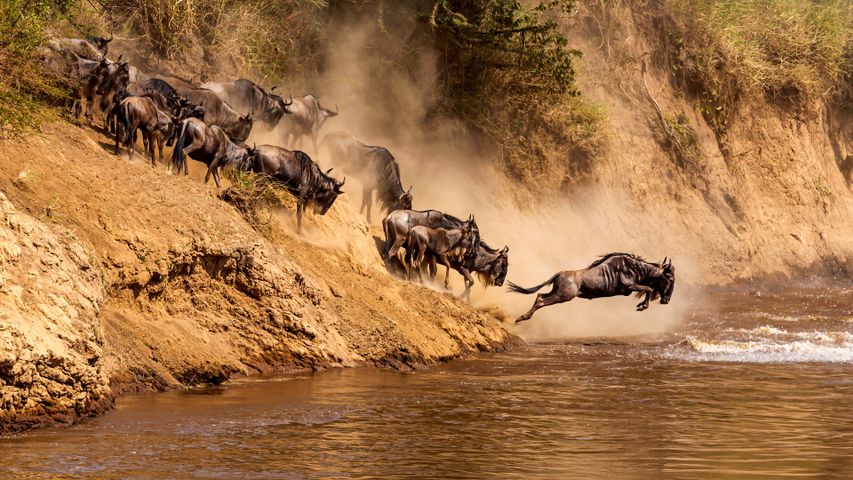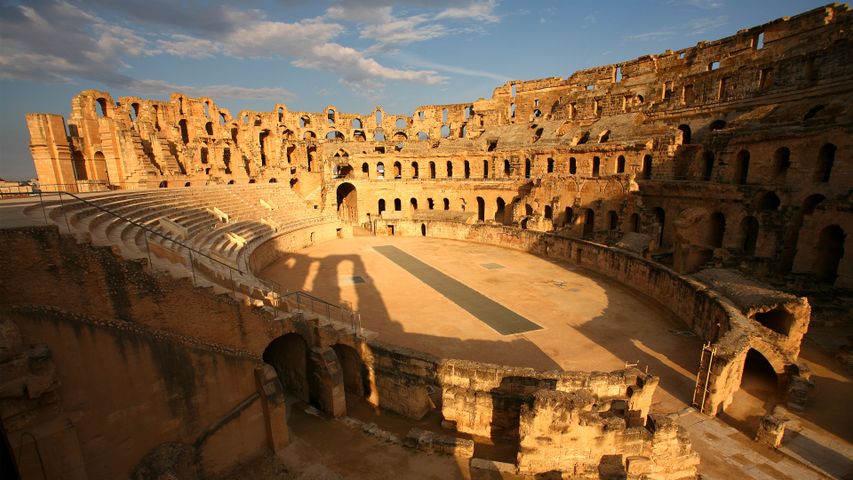Naqsh-e Rostam archaeological site near Persepolis, Iran
© mshirani/Shutterstoc
Final resting place of kings. International Archaeology Day
Naqsh-e Rostam is an ancient necropolis carved into the mountains of southwestern Iran, a porthole into one of the earliest civilizations to flourish in ancient Persia. The tombs of four Achaemenid kings (you can see three of them here) are marked by rock reliefs carved high above the ground into the cliff face. This site and the area around it are of huge significance to the history of Iran and its people. They're also a shining example of the role archaeology plays in understanding our past. On the third Saturday of every October, we pause to celebrate and recognize the contributions of archaeologists as interpreters of human history.
'Necropolis,' the word for a complex of tombs and burial plots, literally translates as 'city of the dead.' This one is close to the ruins of the ancient Achaemenid ceremonial capital of Persepolis. One of the tombs is identified by an inscription as being the resting place of Darius I, aka Darius the Great, and the others are believed to be the tombs of Darius' son, Xerxes I, Artaxerxes I, and Darius II, leaders during the Achaemenid dynasty from 522-330 BCE. Naqsh-e Rostam is also home to relief carvings depicting kings of the later Sasanian Empire, the last Iranian empire before the Muslim conquests of the 7th and 8th centuries. Only a few hundred yards away is the archaeological site known as Naqsh-e Rajab, with more rock carvings depicting three Sassanid kings and a high priest. While these civilizations have faded, what they created endures as a permanent record of human history.
Related Images
Bing Today Images




 Heri es-Swani in Meknes, Morocco
Heri es-Swani in Meknes, Morocco
 Prasat Phanom Rung temple ruins, Buriram province, Thailand
Prasat Phanom Rung temple ruins, Buriram province, Thailand
 Fairy chimneys and cave dwellings in Cappadocia, Türkiye
Fairy chimneys and cave dwellings in Cappadocia, Türkiye
 Medieval city walls, Ávila, Spain
Medieval city walls, Ávila, Spain
 Mission church ruins at Quarai, Salinas Pueblo Missions National Monument, New Mexico
Mission church ruins at Quarai, Salinas Pueblo Missions National Monument, New Mexico
 Amphitheatre of El Jem, Tunisia
Amphitheatre of El Jem, Tunisia
 Pueblo Bonito, Chaco Culture National Historical Park, New Mexico
Pueblo Bonito, Chaco Culture National Historical Park, New Mexico
 Wat Sri Sawai in Sukhothai Historical Park, Thailand
Wat Sri Sawai in Sukhothai Historical Park, Thailand

